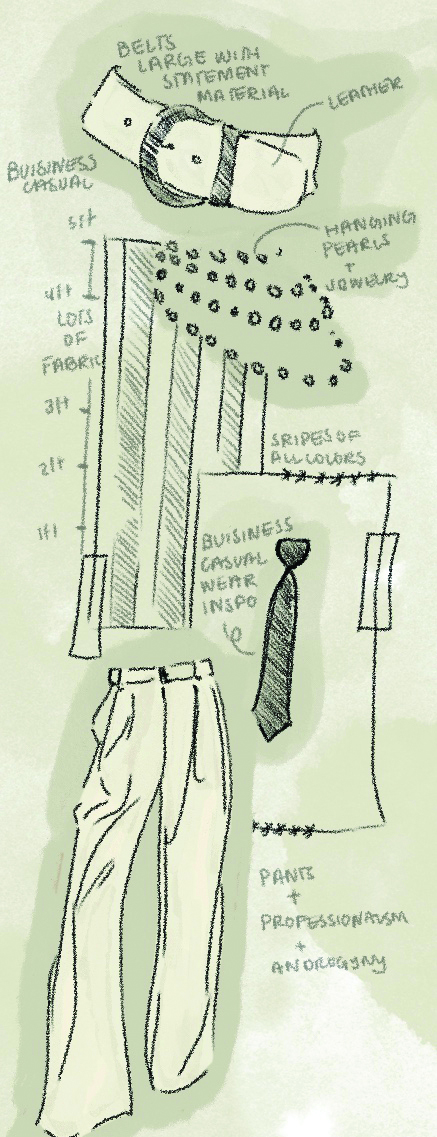Tom Millar, tenth grade dean, spent a class meeting discussing appropriate etiquette for student e-mails to teachers. In a nut shell, no texting abbreviations and improper grammar. When Elizabeth Ashforth, science instructor, came across ‘OMG’ in a formal lab report last year, she thought there was a cause for concern, but Joe Koetters, English department head, said that he almost never sees an issue with texting abbreviations in an English paper.
As texting becomes a more prevalent practice for students, the UV conducted a poll to see how popular texting is on campus and whether students understand when it is and isn’t appropriate to use texting lingo and abbreviations in writing.
Consistent with national trends, the poll revealed that 48 percent of 200 student respondents text 10 to 50 times a day, and 95 percent of the 47 teachers that participated agreed that they catch students texting in class one to five times a week. According to the Nielsen Company’s 2009 national consumer report, “How Teens Use Media,” over the course of two years, the average number of texts sent by teenagers per day, from ages 13-17, increased from 15 to 97 messages.
While most teachers agreed in the poll that grammar and spelling in formal writing have moderately decreased over the years, a majority of the teachers also said that technology has a small effect on this decrease and that shorthand and texting abbreviations occur infrequently in formal writing.
Koetters said students understand the difference between the language and grammar used in texting and those used in formal writing.
“There are many other issues in formal writing that I’m more worried about than texting abbreviations.” Koetters said.
Even though texting language is not an issue in English essays, Ashforth said that based on what she sees in science lab reports, she worries about whether students are beginning to have a hard time distinguishing informal and formal writing. Ashforth said students tend to be surprised when they learn that proper English skills are expected in science.
“We expect these English skills to cross over in science like we expect math skills to cross over,” Ashforth said.
The area in which teachers agreed they are clearly seeing texting abbreviations from students is in e-mails, but they disagreed on the level of formality expected in that form of communication.
46 percent of the participating teachers in the poll said that they occasionally find texting language and grammar problems in e-mails and 41 percent said they find it often.
Lisa Ellis, science instructor, said that students are having a harder time distinguishing the different writing etiquettes required by certain assignments or situations.
“Especially at a school where you feel closer to your teachers, it can be hard to figure out what tone to use when dealing with your teachers,” Ellis said.
Formality has decreased in e-mails, texts between friends, and other forms of casual writing over the years, Ellis said. Therefore, when students e-mail teachers, it is sometimes hard to mentally switch gears.
Koetters said that once there is a relationship between a student and a teacher, formality in e-mails is not an issue. However, Ashforth and Millar said that students should still be polite in e-mails.
“Once you get a relationship started with someone, the formality drops, but there are still settings when you’ll need it,” Ashforth said.
For Millar, examples of being polite in e-mails includes salutations, such as ‘Dear’ and ‘Hello,’ sign offs, including ‘Sincerely’ and ‘Thanks,’ and the use of complete sentences and basic punctuation.
“It’s more about civility than formality. It’s also about clarity. Sometimes it’s not even clear who has sent a message and what the message is about,” Millar said.
Despite the results of the poll showing that teachers do find texting abbreviations in e-mails, students such as seventh grader Wallace Wennerberg still use proper grammar in emailing teachers.
“I always use proper grammar when I e-mail my teachers because it’s good to be polite with your teachers,” Wennerberg said.
Ninth grader Rapheala Goldman is aware of the need for proper grammar in e-mails.
“I generally use proper grammar because you don’t want to be seen like you’re just texting friends when you’re turning in an assignment,” Goldman said.
Article by Ileana and Elyse












